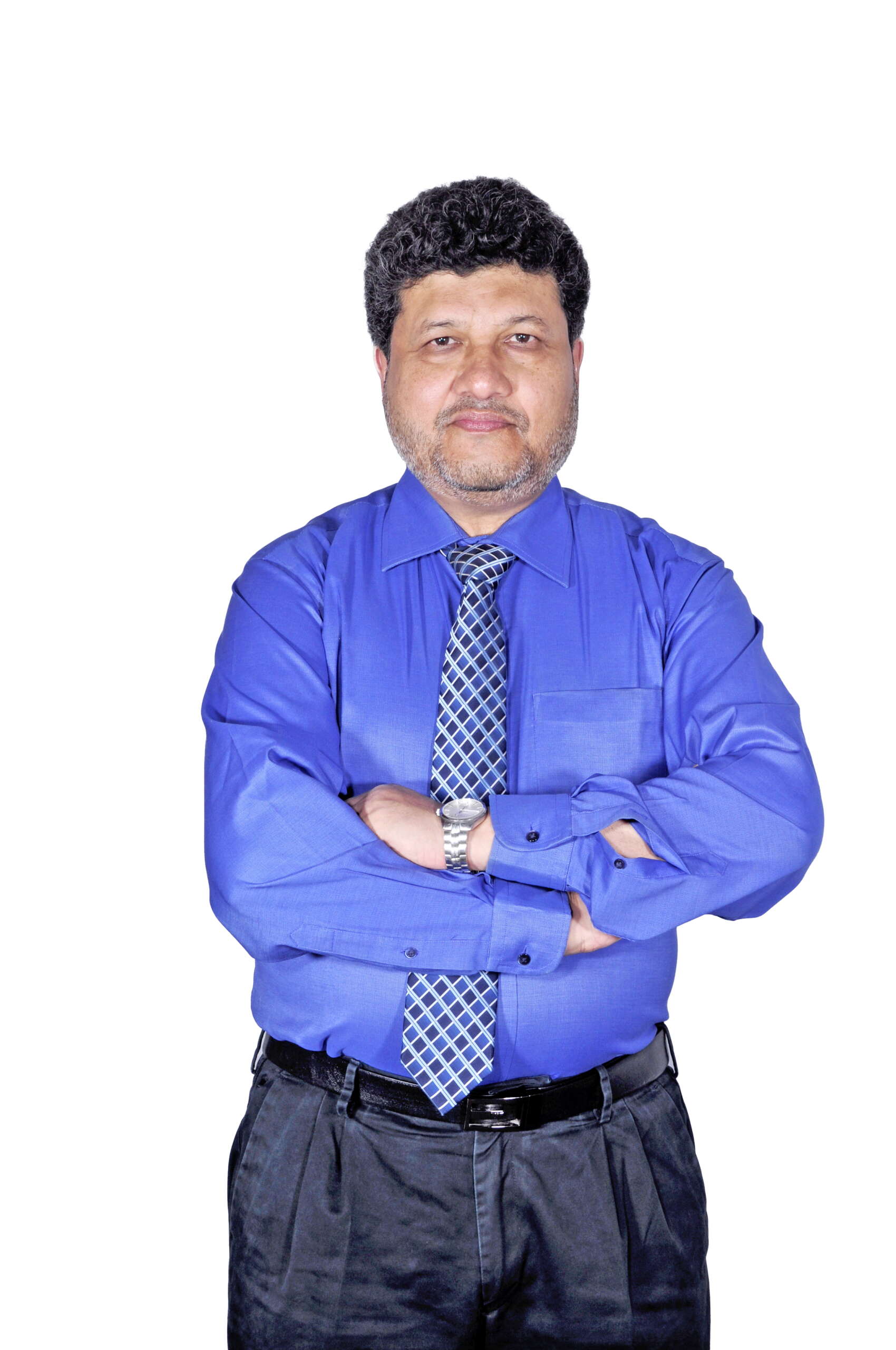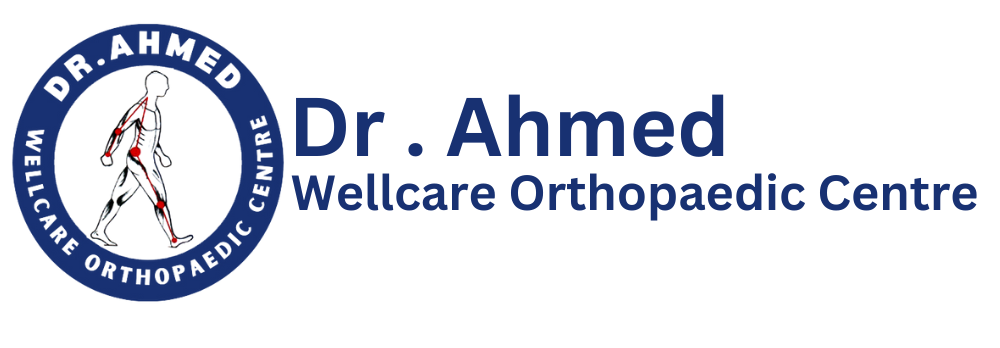Understanding Lower Back Pain
Lower back pain is a prevalent condition that affects individuals across various age groups and lifestyles. It can be categorized primarily into two types: acute and chronic pain. Acute lower back pain typically arises suddenly, usually due to injury or strain, and may last for a few days to a few weeks. In contrast, chronic lower back pain persists for three months or longer and can vary in severity. Understanding the underlying causes of lower back pain is crucial for effective management and treatment.
There are numerous factors that contribute to lower back pain, including lifestyle choices, injuries, and underlying medical conditions. Sedentary behavior, for instance, can weaken the muscles supporting the spine, leading to increased susceptibility to pain. Conversely, engaging in activities that require heavy lifting or repetitive motions can result in muscle strains or sprains. Moreover, poor posture while sitting or standing may put undue stress on the back, exacerbating pain over time.
Injuries are another significant contributor to lower back issues. Trauma from falls, accidents, or sports-related activities can cause muscle tears, ligament strains, and even herniated discs, all of which can lead to acute lower back pain. Conversely, chronic conditions such as arthritis, osteoporosis, and spinal stenosis can cause persistent discomfort in the lower back, as they affect the overall health of the spine and surrounding tissues.
Recognizing the symptoms and understanding the causes of lower back pain is vital for individuals experiencing discomfort. Those with acute pain may notice sharp or stabbing sensations, while chronic pain may be described as a dull ache that radiates to other areas. Understanding these aspects can empower individuals to seek appropriate treatment options, improving their quality of life and overall well-being.
Overview of Non-Surgical Treatment Options
Lower back pain is a prevalent condition affecting individuals across various demographics. Fortunately, numerous non-surgical treatment options are available, tailored to alleviate discomfort and enhance quality of life. Among these, physical therapy stands out as a highly effective method. By focusing on exercises designed to strengthen the core muscles, improve flexibility, and correct posture, physical therapy can provide substantial relief for those suffering from lower back pain. It is particularly beneficial for patients with musculoskeletal conditions or those recovering from sports injuries.
Chiropractic care is another frequently sought-after non-invasive treatment. Chiropractors utilize manual manipulation techniques, particularly spinal adjustments, to restore proper alignment and function to the spine. This approach can reduce pain, restore mobility, and enhance overall wellness. Chiropractors often work with patients suffering from acute and chronic lower back pain, offering targeted relief through individualized treatment plans.
Acupuncture, a traditional Chinese medicine practice, is gaining popularity as a non-surgical option for lower back pain management. This technique involves the insertion of fine needles into specific points on the body, which can stimulate the nervous system and promote natural pain-relief responses. Acupuncture is particularly effective for individuals who prefer holistic approaches and those who have not found relief through conventional methods.
Other alternative therapies, such as massage therapy, yoga, and Pilates, also warrant consideration. Each of these modalities contributes to pain relief through promoting relaxation, enhancing strength and flexibility, and improving blood circulation. While these treatments can be beneficial as standalone options, they are often most effective when integrated into a comprehensive pain management strategy.
While non-surgical treatments offer a variety of benefits, it is essential to consider their limitations. The effectiveness of these approaches may vary from person to person, and they may not be suitable for all types of lower back pain. Therefore, consulting with healthcare professionals is recommended to determine the most appropriate treatment plan tailored to individual needs. It is crucial to approach these treatments with realistic expectations and a commitment to ongoing self-care.
Lifestyle Modifications and Home Remedies
Lower back pain can often be managed effectively through various lifestyle modifications and the incorporation of home remedies. One of the most significant factors contributing to lower back pain is posture. Maintaining proper posture while sitting, standing, and walking can tremendously reduce strain on the lower back. It is advisable to use ergonomic furniture and to be mindful of body mechanics during day-to-day activities.
Regular exercise plays a crucial role in alleviating lower back pain. Engaging in low-impact activities, such as walking, swimming, or yoga, strengthens the muscles supporting the spine and increases flexibility. It is essential to develop a routine that targets core stability and promotes overall fitness. For individuals who are overweight, weight management is also an important consideration, as excess weight places additional stress on the back. Adopting a balanced diet that includes a variety of fruits, vegetables, whole grains, and lean proteins can contribute significantly to weight loss and overall health, thereby easing back discomfort.
In addition to these lifestyle changes, several home remedies can provide immediate relief from lower back pain. Heat therapy, such as heating pads or warm baths, can help relax tight muscles and improve blood flow to the affected area. Conversely, cold packs can reduce inflammation and numb sharp pain. Alternating between heat and cold treatments can often yield the best results.
Stretching routines that focus on the back, hips, and legs can also be beneficial. Gentle stretches not only promote flexibility but also relieve tension in the muscles, which can contribute to lower back pain. Incorporating these modest adjustments into daily life can enhance recovery and improve overall quality of life. Regular adherence to these practices may result in significant long-term benefits for those suffering from chronic lower back pain.
When to Seek Professional Help
Recognizing the appropriate time to seek professional help for lower back pain is crucial for effective treatment and recovery. While many instances of back pain can be managed through self-care methods, there are specific red flags that warrant medical attention. Understanding these signs is essential for empowering individuals to make informed decisions about their health.
One of the primary indications that professional intervention may be necessary is the presence of persistent or worsening symptoms. If lower back pain is severe and does not improve with rest, over-the-counter medications, or home remedies within a few days, it is advisable to consult a healthcare provider. Furthermore, any changes in bowel or bladder function, such as incontinence or difficulty urinating, require immediate medical attention, as these could be indicative of a more serious underlying condition.
Other concerning symptoms include unexplained weight loss, fever, or significant leg numbness and weakness. Such signs may signal a possible infection, tumor, or nerve compression, all of which necessitate evaluation by a medical professional. Additionally, individuals who have a history of cancer, long-term steroid use, or recent trauma to the back should seek consultation promptly to rule out serious complications.
Specialists such as orthopedic doctors and pain management experts play a vital role in addressing persistent lower back pain. Orthopedic specialists focus on diagnosing musculoskeletal conditions and can provide tailored treatment options, including non-surgical interventions. Pain management specialists offer comprehensive strategies to alleviate discomfort through various modalities, enhancing patients’ quality of life.
Ultimately, knowing when to seek professional help can significantly impact the management of lower back pain. By recognizing the red flags and being proactive about health, individuals can strike a delicate balance between self-management and professional care, resulting in improved outcomes and overall well-being.
Frequently Asked Questions ?
Q. What are the common causes of lower back pain?
Ans. Lower back pain can be caused by muscle strain, herniated discs, spinal stenosis, arthritis, or poor posture. It can also result from overuse or injury.
Q. What are non-surgical treatment options for lower back pain?
Ans. Non-surgical treatments include physical therapy, medications, chiropractic care, acupuncture, massage therapy, and lifestyle changes like improving posture and ergonomics.
Q. When should I consider non-surgical treatments for lower back pain?
Ans. Non-surgical treatments are ideal when pain is moderate, does not involve neurological symptoms (like numbness or weakness), and persists after a short period of rest and home care.
Q. How does physical therapy help with lower back pain?
Ans. Physical therapy strengthens the muscles supporting the spine, improves flexibility, and teaches proper body mechanics, which can alleviate pain and prevent recurrence.
Q. Can medications effectively treat lower back pain without surgery?
Ans. Yes, over-the-counter pain relievers like NSAIDs, muscle relaxants, or prescription medications can manage pain and inflammation, but they should be used under medical supervision.
Q. What is the role of chiropractic care in treating lower back pain?
Ans. Chiropractic adjustments can help realign the spine, reduce tension, and improve mobility. Many patients find relief from non-invasive spinal manipulations.
Q. Is acupuncture effective for lower back pain relief?
Ans. Acupuncture is often used to relieve lower back pain by stimulating specific points in the body to promote healing, reduce inflammation, and improve circulation.
Q. How can lifestyle changes reduce lower back pain?
Ans. Improving posture, maintaining a healthy weight, exercising regularly, and using ergonomic furniture can help relieve and prevent lower back pain.
Q. Are there any risks to non-surgical treatments for lower back pain?
Ans. Non-surgical treatments generally have fewer risks than surgery, but some may not provide long-term relief, or the condition may worsen if left untreated. It’s essential to consult a healthcare professional.
Q. When should I seek medical attention for lower back pain?
Ans. If pain persists for more than a few weeks, worsens over time, or is accompanied by symptoms like leg weakness, numbness, or loss of bladder control, immediate medical evaluation is necessary.









